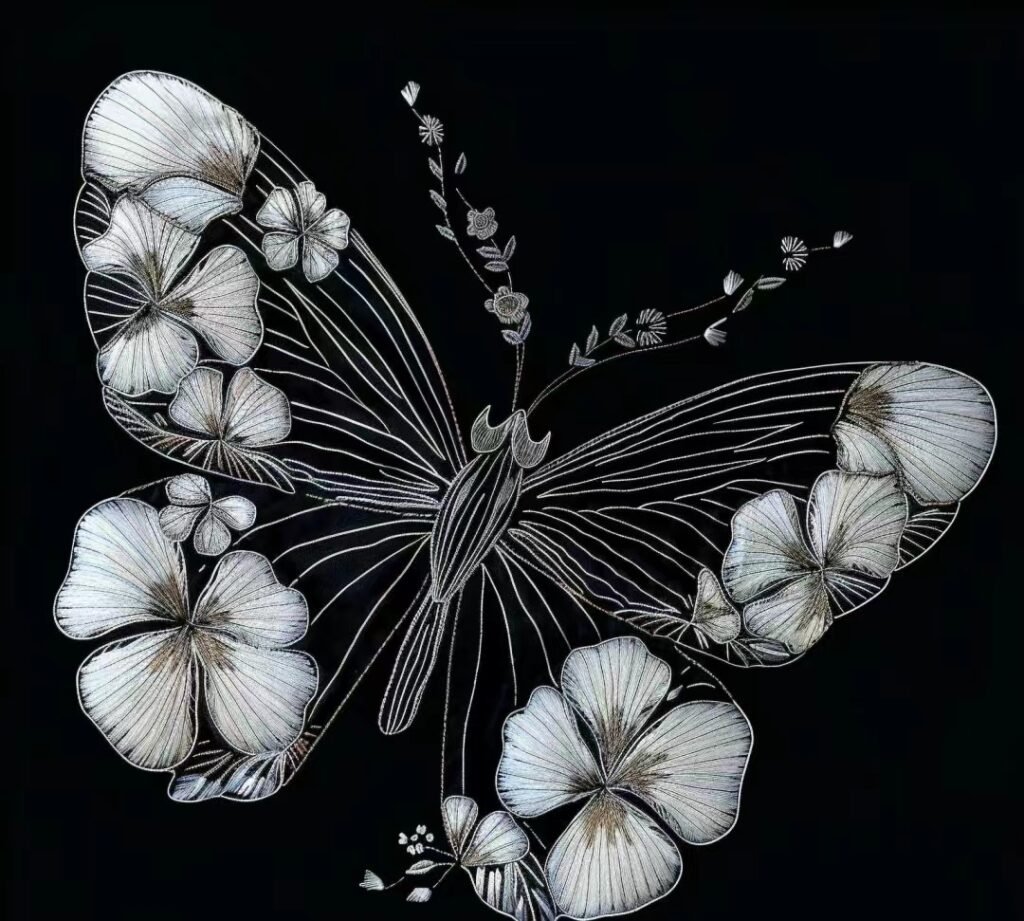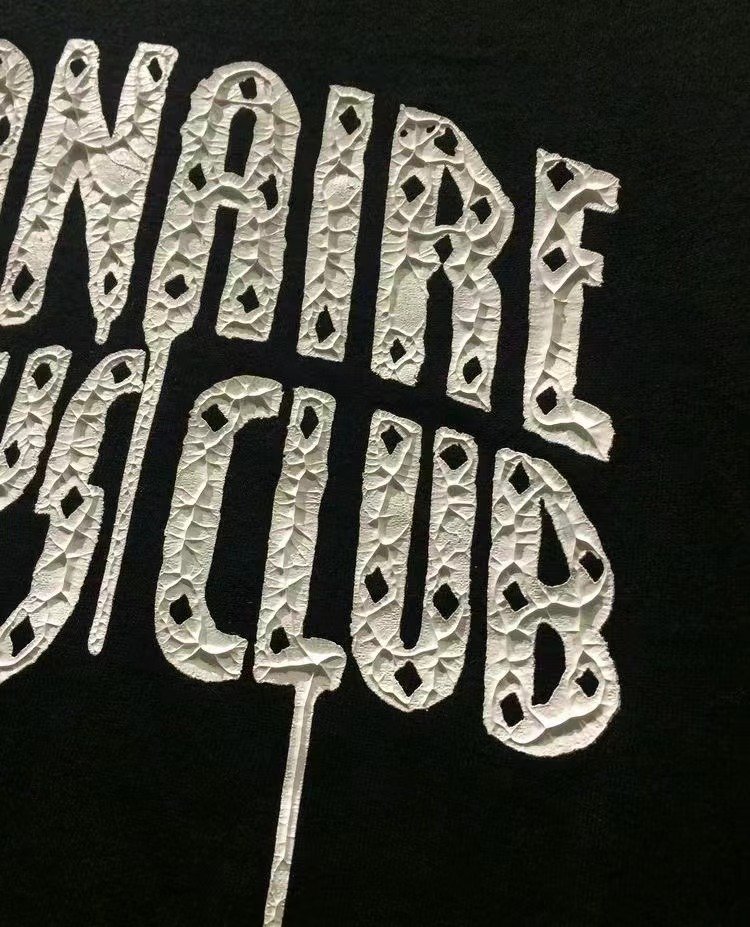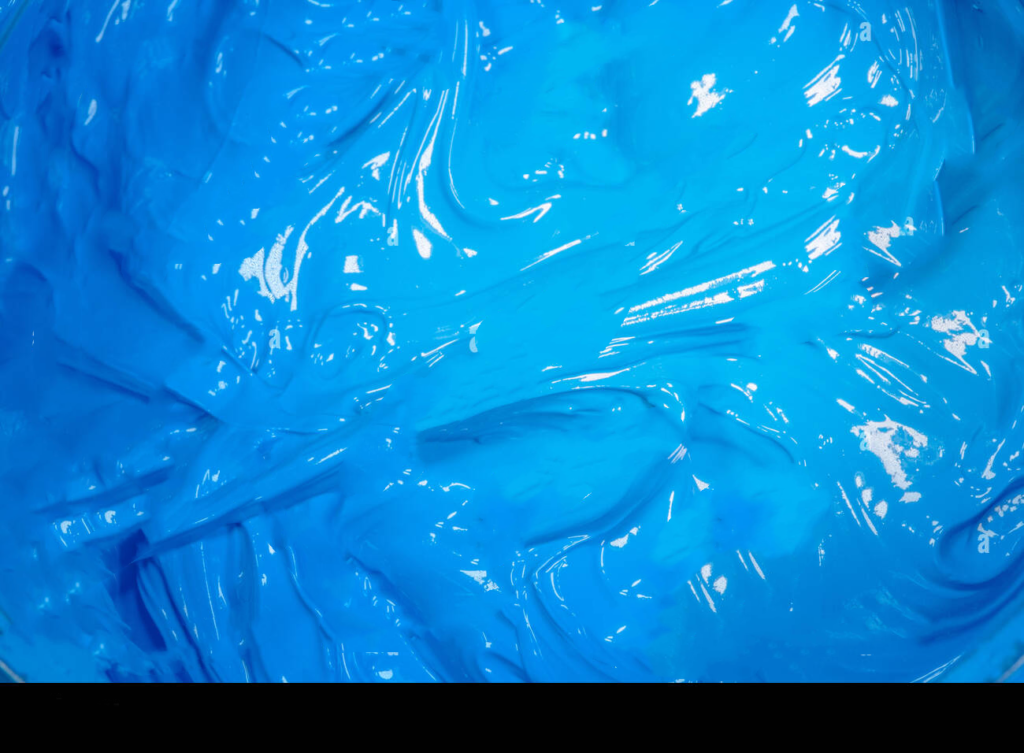Discover the essential materials for screen printing for beginners, including film printers, screen printing dryers, and DTF transfers. Start printing today!
Screen printing is an exciting and rewarding process for those looking to create custom prints on textiles, paper, and other surfaces. If you are new to this craft and exploring screen printing for beginners, understanding the essential materials is crucial to achieving high-quality results. Whether you’re setting up a print center or just experimenting with your own designs, having the right tools will ensure a smooth printing experience. This guide will walk you through everything you need for screen printing for beginners, from the basics to alternative methods like DTF (direct-to-film) transfer, which can offer additional creativity and versatility.
Essential Materials for Screen Printing for Beginners
To get started with screen printing for beginners, you’ll need the following tools and materials:
1. Screen Printing Frame and Mesh
The frame holds the mesh, which is used to transfer the ink onto the fabric. For beginners:
- Choose aluminum or wooden frames.
- Select a mesh count between 110-160 for standard printing projects.
- Higher mesh counts (200+) are ideal for detailed designs and finer ink deposits.
2. Film Printer
A film printer is essential for printing your designs onto transparency films before transferring them to the screen. Inkjet printers are the most commonly used for this purpose.
- Inkjet printers allow for precise film printing with rich black ink.
- Laser printers can also be used, but they may require specific transparency films.
- Ensure you use high-quality transparency film to achieve sharp, clear prints.
3. Stencil or Emulsion
- Photo Emulsion: A light-sensitive material used to create detailed stencils by hardening under UV light.
- Pre-Cut Stencils: Ideal for simple designs and quick printing without the need for exposure units.
- Use a scoop coater for an even emulsion coating, ensuring uniform design development.
4. Squeegee
A squeegee is used to push the ink through the mesh onto the substrate. Ensure you choose a squeegee with the right hardness (durometer) for your needs.
- A soft squeegee (55-65 durometer) is great for fabric printing.
- A harder squeegee (70-80 durometer) is preferred for paper or flat surfaces.
5. Ink
Different types of inks are available for screen printing:
- Plastisol Ink: Durable and ideal for textiles, providing vibrant colors and strong adhesion.
- Water-Based Ink: Eco-friendly, produces a soft finish, and is breathable.
- Discharge Ink: Removes dye from fabric to create bright prints on dark garments.
- Specialty Inks: Includes metallic, glow-in-the-dark, and puff inks for creative effects.
6. Screen Printing Dryer
A screen printing dryer ensures the ink cures properly, making the design long-lasting. Beginners can start with a heat gun or a flash dryer before upgrading to a conveyor dryer.
- Heat guns work for small-scale projects but require careful handling to avoid scorching fabric.
- Flash dryers provide even heating and are ideal for curing multiple prints at once.
- Conveyor dryers are perfect for high-production setups, ensuring consistency.
7. Exposure Unit or Light Source
For those using photo emulsion, an exposure unit or a strong UV light is necessary to harden the emulsion and create the stencil.
- DIY setups can use a high-wattage UV bulb.
- Professional exposure units provide better accuracy and efficiency.
- Use a vacuum exposure unit for sharper designs.
8. Workstation and Tools
- Clamps to hold the screen in place.
- Tape to block ink leakage.
- Cleaning supplies like screen degreasers and emulsion removers.
- Ink spatulas for easy application and mixing.
- Screen storage racks to keep screens organized and dust-free.

Exploring DTF Transfer for Beginners
While traditional screen printing is a great starting point, DTF transfer (Direct-to-Film transfer) is an alternative that beginners can explore.
- DTF transfer involves printing designs on a special film and using heat to transfer them to the fabric.
- It eliminates the need for screens and stencils, making it a quicker process.
- However, traditional screen printing offers better durability for large-scale projects.
- Requires a DTF printer and special transfer powder for adhesion.
Step-by-Step Guide to Screen Printing for Beginners
1. Prepare Your Design
Create your design using graphic design software and print it onto a transparency film using a film printer.
2. Coat the Screen with Emulsion
Apply a thin layer of photo emulsion to your screen in a dark environment and let it dry.
3. Expose the Screen
Place the transparency film onto the emulsion-coated screen and expose it to UV light.
- Adjust exposure time based on emulsion thickness.
4. Wash Out the Design
Rinse the screen with water to remove the unexposed emulsion, revealing your stencil.
- Use a pressure washer for best results.
5. Set Up the Screen for Printing
Secure the screen to your workstation and align it with your substrate.
- Use registration marks to ensure accuracy in multi-color prints.
6. Apply Ink and Print
Pour ink onto the screen and use a squeegee to spread it evenly across the design.
- Maintain consistent pressure for uniform ink application.
7. Cure the Print
Use a screen printing dryer or heat press to cure the ink, ensuring durability.
- Monitor temperature to prevent under-curing or scorching fabric.

Tips for Beginners in Screen Printing
- Start with Simple Designs – Single-color prints are easier for beginners.
- Practice Proper Curing – Insufficient drying can lead to fading and peeling.
- Maintain Your Equipment – Regularly clean your screens, squeegees, and workspace.
- Experiment with Different Inks – Try different ink types to understand their effects on various materials.
- Consider a Print Center – Joining a local print center can provide access to professional equipment and guidance.
- Test Prints Before Bulk Production – Always do a test print to check alignment and ink distribution.
Choosing the Right Screen Printing Dryer
A screen printing dryer is vital for achieving a professional finish. Here are some options:
- Heat Gun: Affordable but requires precision.
- Flash Dryer: Provides consistent curing and is great for beginners.
- Conveyor Dryer: Ideal for large-scale production, ensuring efficiency.
- Infrared Dryers: Offer even heat distribution without overheating garments.
The Importance of a Film Printer in Screen Printing
A film printer plays a crucial role in transferring designs onto the screen. Key considerations:
- Inkjet Printers: Cost-effective and widely used.
- Laser Printers: Faster but may require special transparency films.
- RIP Software: Helps adjust ink density for perfect stencils.
Avoiding Common Beginner Mistakes
- Overloading Ink: Use just enough to cover the design evenly.
- Skipping Curing: Always cure your prints properly to ensure longevity.
- Poor Screen Alignment: Secure the screen to prevent smudging and misprints.
- Ignoring Mesh Count: Select the right mesh count for your ink and design.

Conclusion
Starting with screen printing for beginners requires the right materials, including screens, emulsions, squeegees, and curing tools like a screen printing dryer. While traditional screen printing remains popular, DTF transfer provides an alternative for quicker prints. Whether setting up a print center or exploring you printing as a hobby, mastering these basics will set you on the path to success.
Sure, here’s a revised version that specifically includes the keyword “screen printing for beginners”:
With the right tools and techniques, even a screen printing for beginners can produce high-quality prints with confidence. Happy creating!



